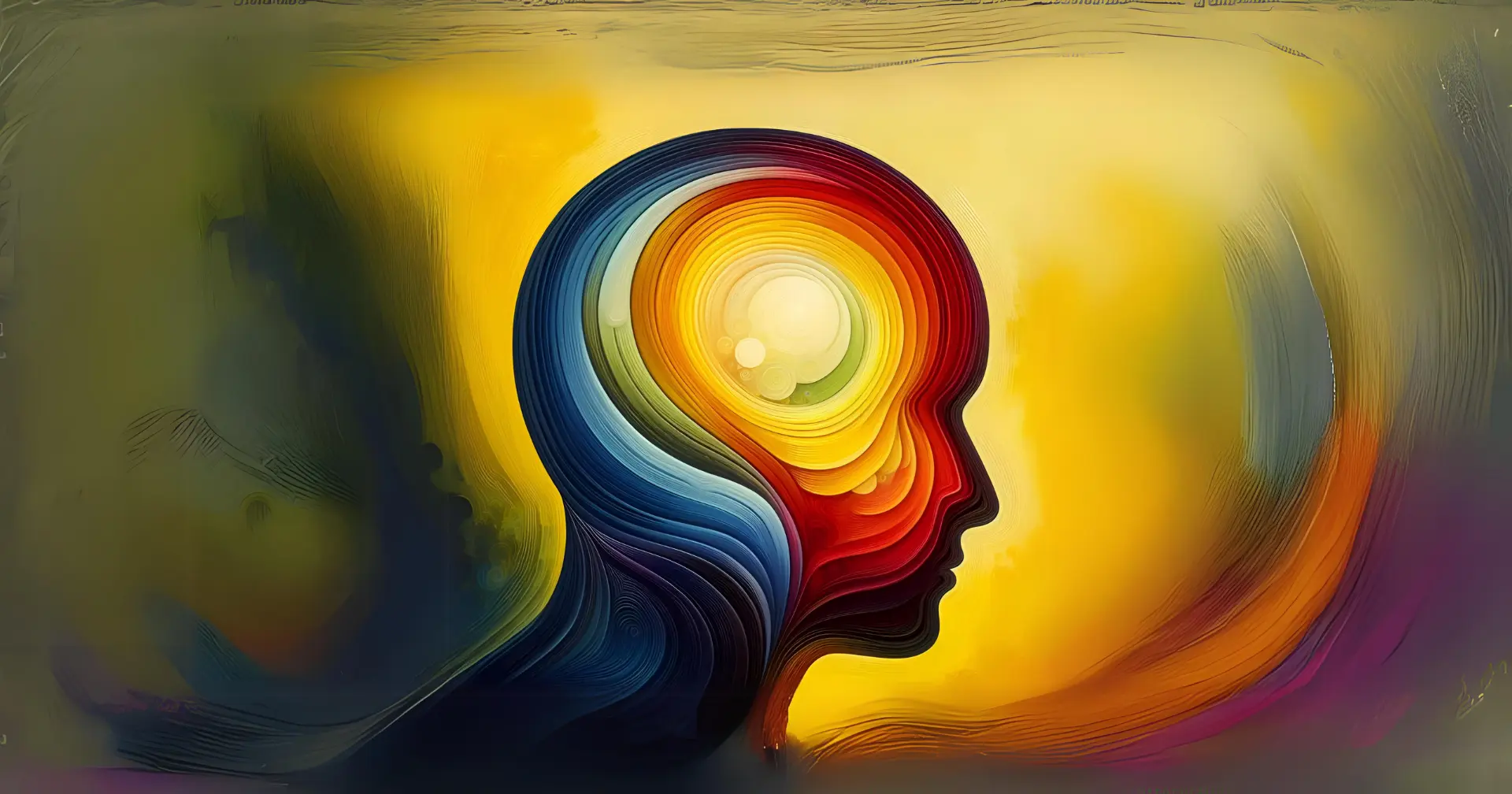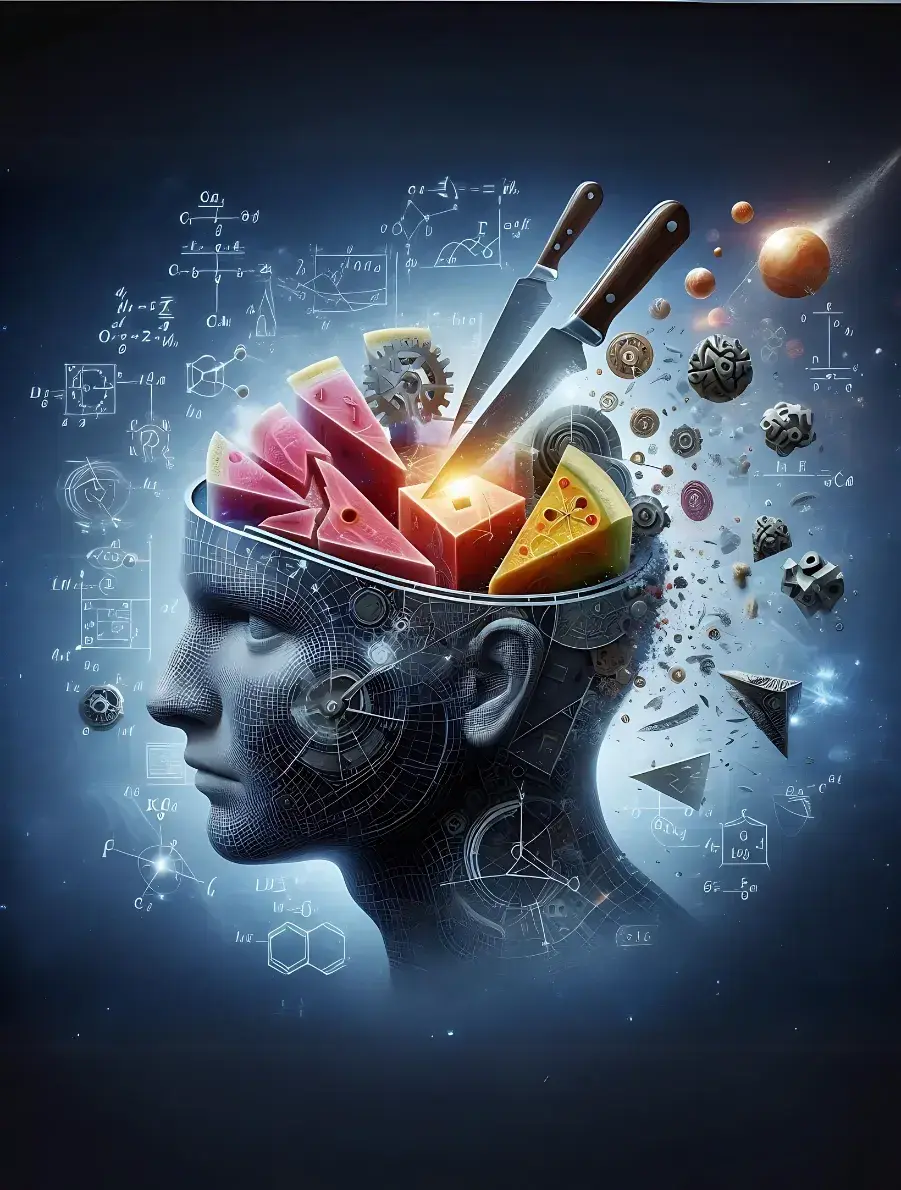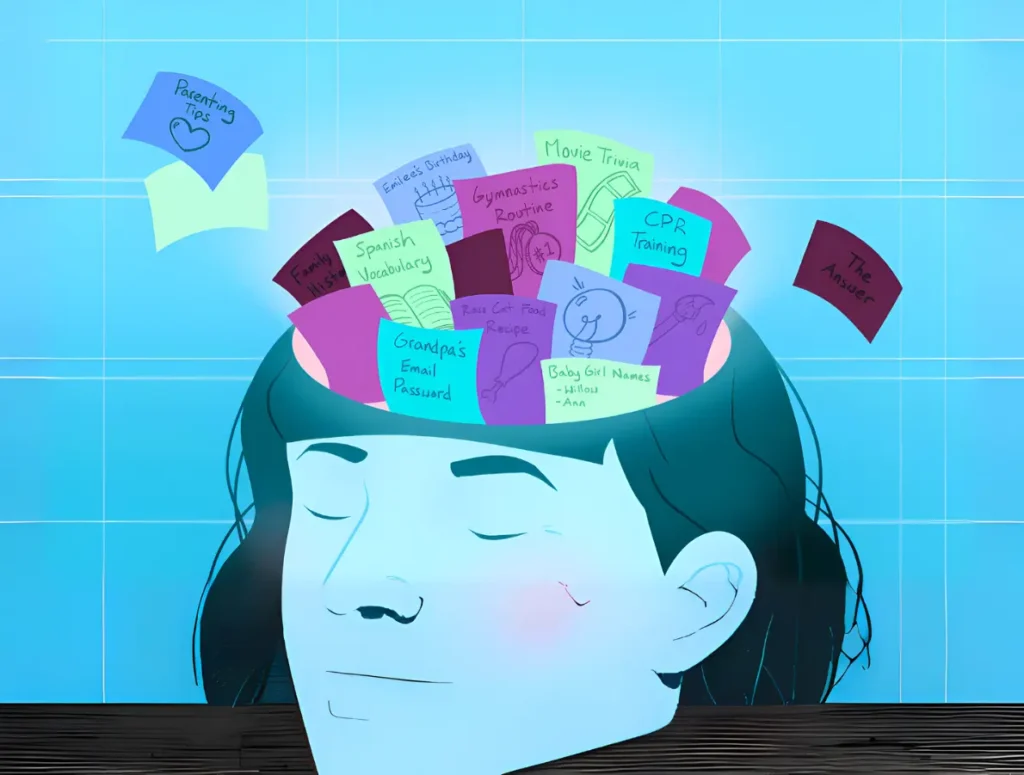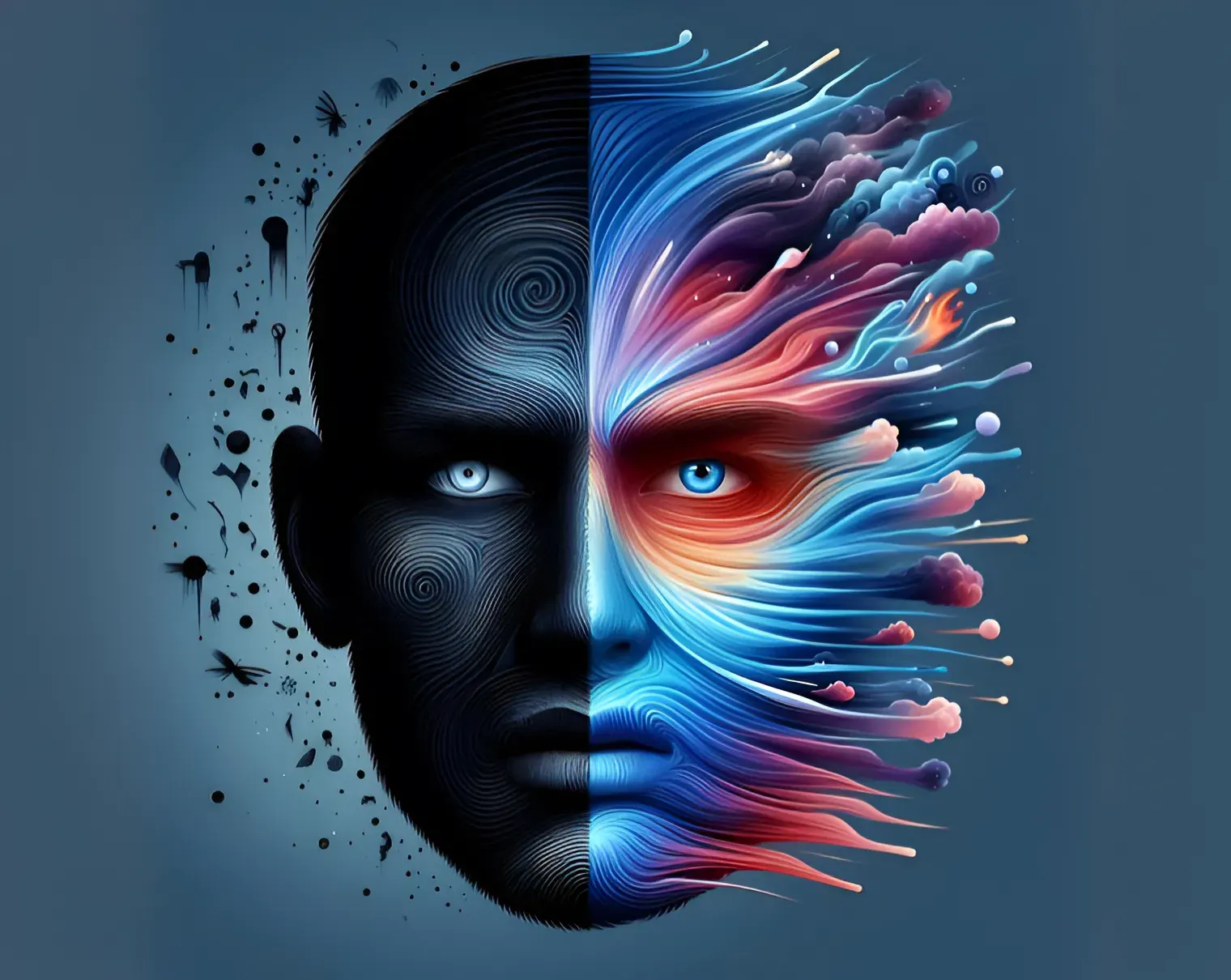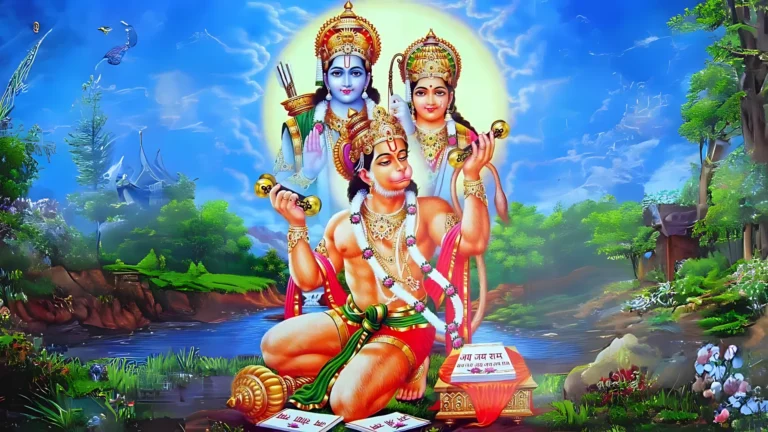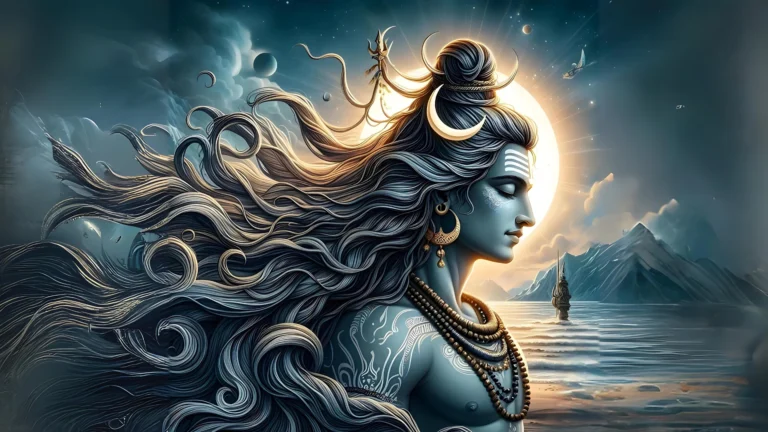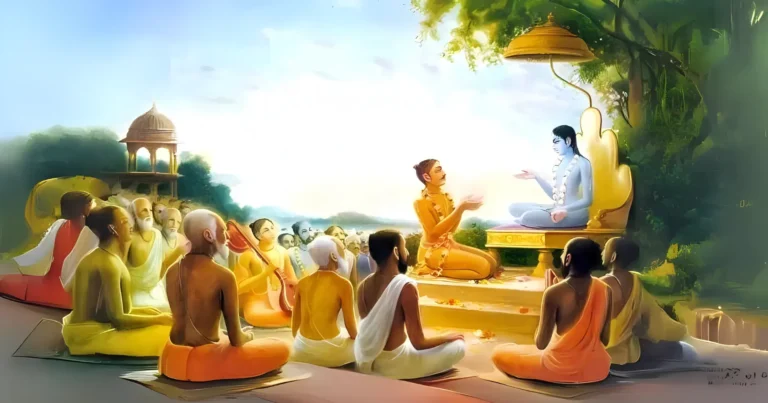Please Like the Blog and Share it for Maximum Reach
Table of Contents
The human species is not merely rational and idealistic, but emotional too. Thus, in the 3rd requisite of the Sadhana Chatushthaya, we have the shad sampat which literally means 6 treasures. The 6 treasures are: Sama, Dama, Uparati, Titiksha, Sraddha and Samadhana. As of now, we shall focus and elucidate on Sama. Sama means equanimity and tranquility.
Antahkarana: Mano Buddhi Ahankara Chitta
A person feels pain and pleasure, fondness and aversion, enthusiasm and apathy due to the four fold layer of the internal organ also called antahkarana chatushtaya. Sama calms this organ which is classified into mano buddhi ahankara chitta.
Manas means the mind which is the thinker. It thinks, analyses and processes data. Buddhi or the intellect is the decider. The decisions taken by an individual after thought are guided by the Buddhi. Ahankara, also known as the EGO, provides individuals with a false identity.
An individual, due to keen identification with the Ahankara, attributes himself as the initiator and experiencer of all actions. The false ‘I’ is a result of the identification with Ahankara and in life every action is performed to satisfy this I.
Lastly the Chitta which is the subtlest of all, is referred to as the repertoire of impressions. Chitta is the memory or reminiscence of the past. Having understood these 4 fold parts of the Antahkarana, let us analyze their role in inducing restlessness in individuals, which is against tranquility.
Role of Chitta in the Rise of a Desire
The rise of a desire can be understood as a process within the Antahkarana where these four components interact, leading to a mental and emotional impulse towards a sense object. Here’s how a desire typically arises in the context of Antahkarana Chatushtaya:
The process begins in the chitta, which stores all vasanas (subtle impressions) and samskaras (mental imprints) accumulated from past experiences, both in this life and previous lives. These impressions form the basis of desires. They can be referred to as beejas or seeds that get activated when encountering relevant stimuli.
These latent desires get activated when exposed to sense objects. This inclination towards mundanity is a highlight of an untrained mind.
For example, seeing a delicious food item might awaken a previous memory of enjoying that food. This memory is stored in the chitta. It is in the form of a dormant seed that has the potency to grow into a full fledged tree. But, at this state, it is all hidden.
How Manas Fuels Our Desires
Once the chitta brings forth a past impression, the manas becomes aware of it and starts to reflect on it. The Manas generates thoughts and feelings related to that object. It also interacts with sensory inputs, which can further stimulate desire.
In the food example, the mind might start thinking about the food, imagining how it would taste or feel, generating a wish to consume it. It might interact with sensory inputs by propelling the individual to see pictures of that food item, thereby inducing a salivating effect.
This strengthens the Vasana and adds more fuel to the desire of consuming the food item. The manas waters the beejas from the chitta. The dormant beeja starts breaking the shell and with repeated signals from the manas yields shoots.
7/8 Questions from Sanatana Dharma
The scores generated in this Quiz may or may not be absolute. There may be right or wrong answers to each Question. A percentage towards 100 indicates that you are more aligned to the overall subject matter.
Role of Buddhi in Accepting or Rejecting Desires
Then, it comes under the scrutiny of the buddhi or the intellect. The Buddhi evaluates and makes judgments based on the thoughts generated by the mind. It assesses the desirability of the object and determines whether pursuing that desire is beneficial or harmful. The intellect decides whether to act on the desire, giving it direction or control. The Buddhi is like the gardener. Its consent can promote the growth of the plant into a tree and its denial can simply cause the tree to dry up.
In the example, the intellect weighs the pros and cons of eating the food. It decides whether the food will provide pleasure, or it may pose potential health risks. It takes into account such factors before coming to a conclusion.
Ahamkara, the Blind Decision Maker
However, the last member of the mind, Ahamkara (ego) plays a crucial role by identifying with the desire. It says, “I want this,” and takes ownership of the desire as its own. The ego strengthens the sense of attachment to the desired object and motivates action to fulfill it. It is like the root of the tree which supports the growth.
It can penetrate deep into the ground and fetch water. No longer does it depend on the gardener for its upkeep. The ego steps in and says, “I want that food,” turning the thought and reflection into a personal craving or desire. It creates a sense of “I” who needs the fulfillment of this desire for satisfaction.
Thus, a desire arises when past impressions in the chitta get triggered, the manas starts imagining and reflecting on it, the buddhi evaluates and discerns the value or consequences of pursuing it, and finally the ahamkara identifies with the desire, claiming it as “mine.” This combination creates the inner drive to pursue the object or experience that has been desired.
Traversing Dualities and Establishing Equanimity
Yet, all this combat and processing is contained within the mind. The progression from a seed to a tree has taken place in the internal organ. It already induces a sense of pleasure or pain before we even react upon the impulse.
When man gets stuck in this loop, his equanimity is hindered. A man can surpass the mirage of pleasure-pain, attachment-aversion, and other bothersome dualities by severing the loop that the Antahkarana is habituated to.
The entire process that triggers restlessness springs forth from the Chitta. The impressions in the Chitta pile up, on account of the numerous interactions of the sense organs with the sense objects. The traces of these interactions get deposited in the Chitta.
When we sever the connectivity of the mind with sense objects, the sensory inputs reduce. This calls for continuous exercise of Viveka , Vairagya and Sadhana practices like Japa, Aradhana, Sankirtana, Swadhyaya, Dhyana, etc.
Lord Krishna Defines Equanimity
Sama cannot bloom overnight, but over a protracted period of time, the mind gets situated in the tranquil state. Lord Krishna says:
न प्रहृष्येत् प्रियं प्राप्य
नोद्विजेत् प्राप्य चाप्रियम्
स्थिर-बुद्धिर् असम्मूढो
ब्रह्म-विद् ब्रह्मणि स्थितः
na prahṛṣyet priyaṁ prāpya
nodvijet prāpya cāpriyam
sthira-buddhir asammūḍho
brahma-vid brahmaṇi sthitaḥ
A person who neither rejoices nor laments upon receiving something pleasant or unpleasant, who is self-intelligent, who is completely satisfied, and who knows the science of God is already situated in transcendence.
This is how Lord Krishna defines equanimity. Why is equanimity so important? Life is filled with fluctuating experiences—joy, sorrow, praise, and blame. Without equanimity, a person is constantly buffeted by these ups and downs, reacting emotionally to every situation. Equanimity allows a person to maintain inner peace and stability, regardless of the external circumstances.
Without an unfaltering commander, the army goes astray. Similarly an uncontrolled mind, misguides the sense organs. Thus, Sama is a mandatory requisite for every spiritual aspirant. It develops only after incessant effort towards eradicating desires and by an affirmation of their impermanence. When Sama becomes an intrinsic part of the sadhaka, dama dawns effortlessly.
Please Like the Blog and Share it for Maximum Reach

